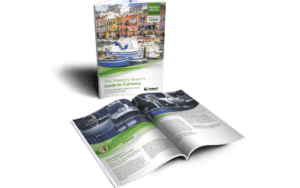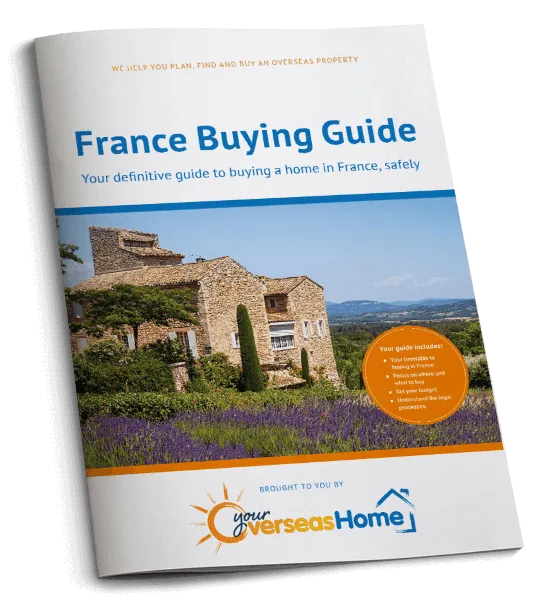If you’re thinking of moving or buying a holiday home in France, you may be wondering which area would suit you – north or south? Whilst it could be said that the north and south of France are very different, each certainly has its own merits and many brilliant advantages for overseas properties buyers.
So, which is best? We asked two of our writers to settle this age-old dispute! Penny, who lives in Barfleur, Normandy, makes a case for the North, whilst Alexis, who resides in Languedoc-Roussillon, makes her case for the south. Read on to find out what they had to say…
Why live in the North of France? – Penny in Normandy
France is one of the most popular countries for expats looking to move abroad. And because it’s so close to the UK, the north of the country is a particular favourite for Brits, as it’s so easy to pop back home to visit the family. Whether you travel by Eurostar to Kent, by air from Paris to London, or take one of the many ferry crossings to the south coast of England, you’re spoiled for choice.
Download your comprehensive France Buying Guide for everything you need to know about purchasing a property.
While the south may enjoy warmer temperatures, northern France has plenty of sunshine. It’s also home to Paris and is packed full of stunning landscapes, dreamy villages and gorgeous coastlines. And a recent survey conducted by Le Figaro magazine has concluded that more than half of the very best towns and cities for families looking to settle in France are located in the northern half of the hexagon.
So, whether you’re looking for a buzzing metropole, a rural retreat or an area rich in history and architectural treasures, you’ll find it in northern France. Here are some of the top reasons for making it your home.
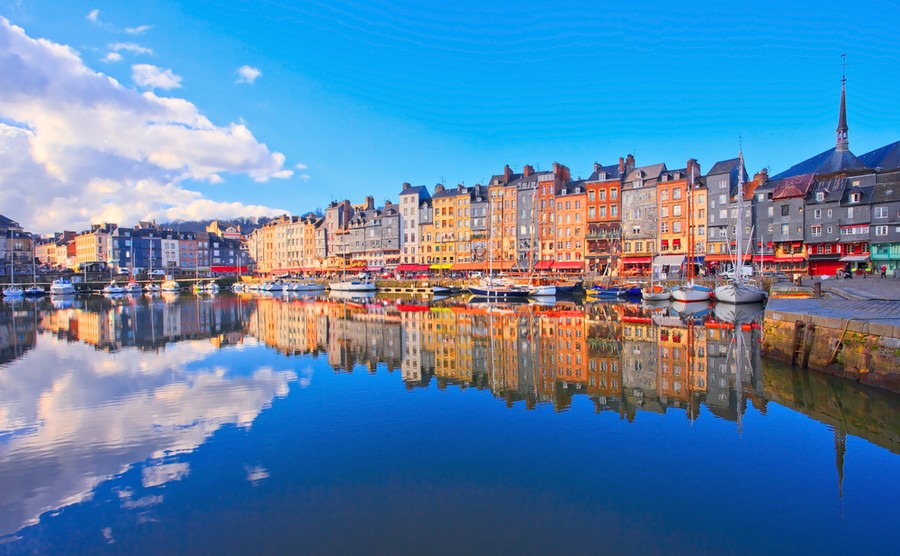
While the south may enjoy warmer temperatures, northern France has plenty of sunshine.
Weather
The north of France offers a more temperate climate than the south. Western and northern parts have a similar climate to the UK, and the further inland you go, the warmer and more reliable the summers tend to be. Areas such as Alsace and the Loire valley enjoy plenty of sunshine and regular rainfall, keeping the landscapes lush, attractive, and ideal for growing the rich variety of local produce for which France is famous.
Landscapes
The landscapes of northern France offer plenty of choice. Fan of mountains? Consider the Vosges, home to a range of peaks that reaches 1450 metres at its highest point. Love rolling countryside, gastronomy and half-timbered houses? Consider the Loire valley or Alsace, with their chocolate-box medieval villages and world-class wine. Want landscapes that are familiar, yet with a French flavour? Look no further than Normandy and Brittany with their broad Atlantic beaches, rocky coves and upland moors.
More than half of the very best towns and cities for families looking to settle in France are located in the northern half of the hexagon.
People and customs
You’ll find our cousins in northern France share many of the traits for which the British are renowned, being more reserved and self-contained than southerners. This can make the north feel like a more natural home for some expats. Our common ancestry and relative proximity mean that customs, cuisines and lifestyles share common roots, and are more similar perhaps than the Latin-influenced south.
Explore our free insider guide, How to Negotiate Abroad, for help and advice from estate agents.
Quality of life
Many northern French towns boast an extremely high quality of life. If you’re entrepreneurial or are seeking a green lifestyle, look no further than Nantes or Rennes in Brittany. Lille in the north is one of the happiest towns in France. Angers and Le Mans in the Loire Valley also score highly on factors such as safety, transport, shopping and services, education, health, sport and leisure. Strasbourg in the east has high employment, beautiful buildings and a rich culture. Caen and Cherbourg-en-Cotentin in Normandy are surrounded by beautiful beaches plus offer good value for money, property-wise.
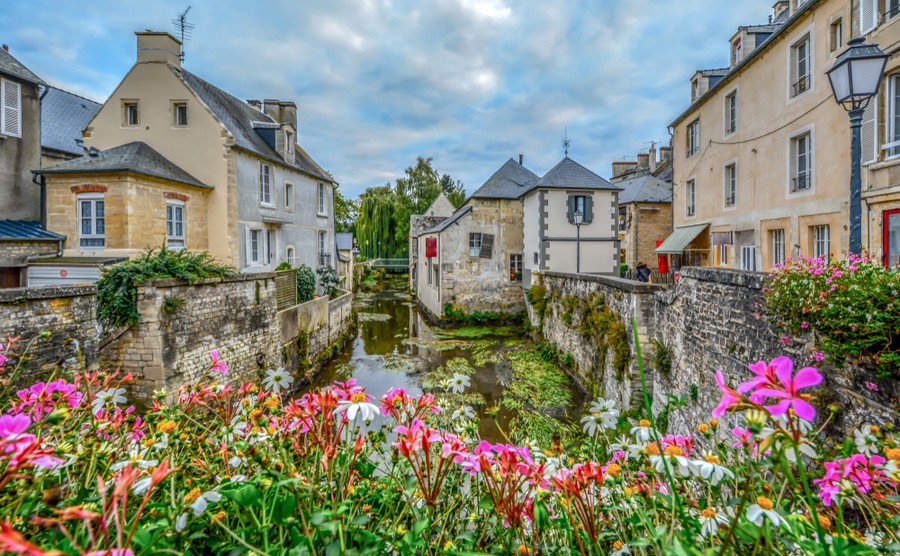
Many northern French towns boast an extremely high quality of life.
Culture and heritage
Northern France is home to an outstanding natural, cultural and architectural heritage. Paris, with its grand boulevards, world-class museums and iconic buildings leads the pack, but many smaller towns have an equally vibrant cultural scene and rich local patrimony. Strasbourg is a European capital, and its medieval streets make it a joy to explore. The Loire Valley is criss-crossed with wide, verdant rivers, dotted with charming pale-stone villages, and crammed with beautiful chateaux. And the Celtic heritage of Brittany and Normandy is valued and preserved for future generations to enjoy.
Activities
If you’re into leisure pursuits, northern France has something for everyone. It’s possible to ski in the Vosges, sail off the western coast or go bouldering or rock climbing in Fontainbleau. You can hike, cycle or ride a horse along many of the long-distance footpaths that traverse the region. Fishing and boating are extremely popular pursuits, thanks to clean and well-maintained rivers and canals, and public sports facilities and swimming pools are numerous.
Why not spread the cost and buy with family? Read our guide, Buying with Family.
Property prices
Paris aside, northern France offers extremely competitive property prices, and you can still pick up a bargain in many areas, particularly Brittany, Normandy and the Loire valley. The median price for a property in Nantes for example is around €4,000 per square metre (€400,000 for an average sized house), or you can acquire a small manor house in Quimper, a popular Breton holiday spot, for the same price. Lower Normandy is equally good value, although prices increase the closer you get to Paris. Expect to pay around €2,000 per square metre in lovely Colmar in Alsace, or the equally charming Vouvray in the Loire Valley.
Why live in the South of France? – Alexis in Languedoc-Roussillon
The very phrase “the south of France” conjures up an image of sunshine, lavender, white sand and glamour. It is no accident that at least 60% of British expats have chosen the south over the north of the country!
We have lived in the south of France for 10 years now. There really is nothing quite like it in terms of tranquility, beauty, climate, history and accessibility to the rest of Europe. When you spend every day looking at mountains and knowing you can visit so many wonderful towns and villages, as well as the coast, and even Spain, you realise just how much this area has to offer.
Of course, the south of France encompasses a huge area. But broadly speaking, it consists of these two regions: Provence Alpes Cote d’Azur and Occitanie (the latter merged in 2016 from the Midi-Pyrenees and Languedoc Roussillon).
Both are beautiful regions; Occitanie being far more affordable in terms of property prices. It is bordered by the Pyrenees in the south and the Mediterranean coast in the east. So, what is it about this whole region which attracted us and continues to attract so many overseas property buyers?
Probably the greatest joy of living here is having space and tranquility.
Culture and heritage
The Occitanie is known for its abundance of Cathar monuments. This is an area very rich in history and heritage. With wide open spaces all around, it never ceases to amaze us that so many of these ancient monuments were built so very high up – and are still standing! As well as the history however, there are some truly beautiful towns here: the “pink” city of Toulouse, the capital of the region, Montpellier with its stunning architecture and young vibe, Perpignan, still reminiscent of its Spanish heritage, Carcassonne and the famous “Cite”, Narbonne with its Roman heritage. The list goes on.
Provence Alpes Cote d’Azur remains one of the most popular and glamorous areas in France, loved by the French and the Brits, but it also attracts visitors from all over the world. Think lavender fields, honey coloured buildings, pretty coastal vlllages, fine wines and gourmet food, golden sunshine. The main towns here are Marseille, Nice, Cannes, Cassis, Avignon, Toulon.
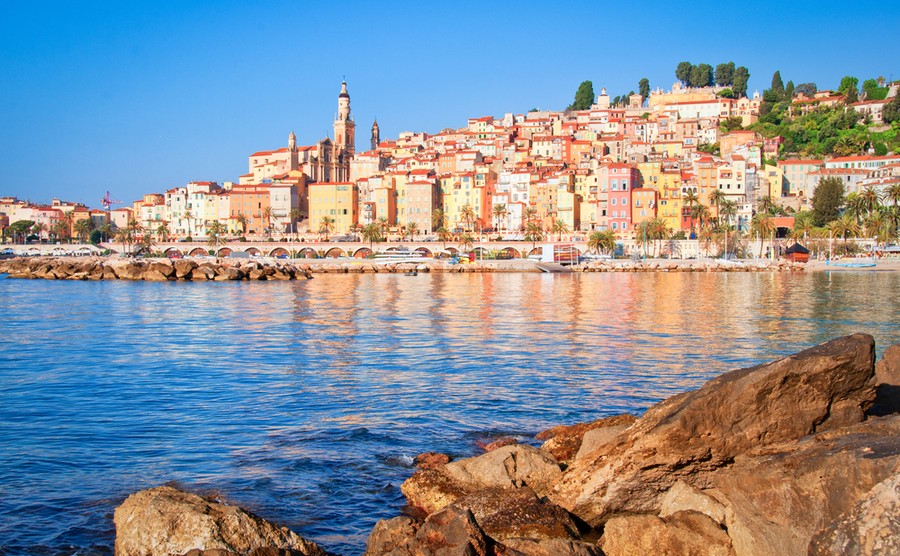
The very phrase “the south of France” conjures up an image of sunshine, lavender, white sand and glamour.
Climate
According to a 30 year study from 1970 until 2000, the sunniest place in the south of France is the city of Marseille. But, official figures show that across the whole region the average number of sunny days per year is around 260. The summers are long and very hot. Notably, the hottest point of the day tends to be around 4 pm (not 12 pm) and there is nothing quite like lingering outside with a glass of local wine until late into the evening, watching the stars. Tempted? You should be!
The climate is seasonal in the south of France: after the hot summer, autumn is usually warm and golden. Winter can be cold, but not usually below freezing, and springtime is very pleasant. Watching the vines grow is a joy.
Get legal advice about your property purchase from our firm of trusted solicitors
Landscape
For lovers of nature and outdoors life, the Occitanie offers everything: wonderful cycling and hiking trails, golf, skiing, swimming and water sports. The landscape in Provence Alpes Cote d’Azur is very similar to Occitanie and again, for nature and mountain lovers, this is a wonderful region.
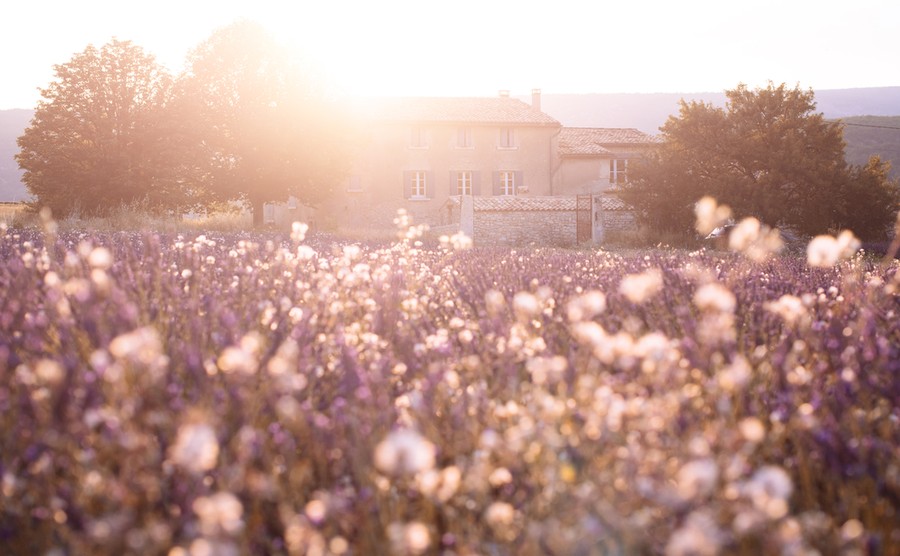
Probably the greatest joy of living here is having space and tranquility.
Transport links
In the Occitanie, there are five airports all within easy reach: Toulouse, Montpellier, Beziers, Carcassonne and Perpignan.
Access from the UK is straightforward from Provence also, with airports at Nice, Marseilles and Avignon, as well as a direct TGV train service from Paris.
Properties in the South of France
There is every type of property in both Occitanie and Provence: chateaux, farmhouses, ancient character houses, modern villas and apartments. Budget-wise, Occitanie is far cheaper than Provence. Expect to pay at least €300,000 for a 2-3 bedroom property in Provence whereas this would buy you a 5-6 bedroom property with some land in Occitanie. The rental market is strong in both areas and prices have remained fairly stable over the last 5 years, so any purchase is likely to prove a reasonable investment.
In terms of the wealth of what is on offer here, you could say that the south of France probably wins hands down. You are close to the sea, the long sandy uncrowded beaches, the mountains and you can drive down to Spain just for the day. And let us also not forget the wonderful climate! But probably the greatest joy of living here is having space and tranquility. The lifestyle is very laid back and we would not swap it for any other region.


